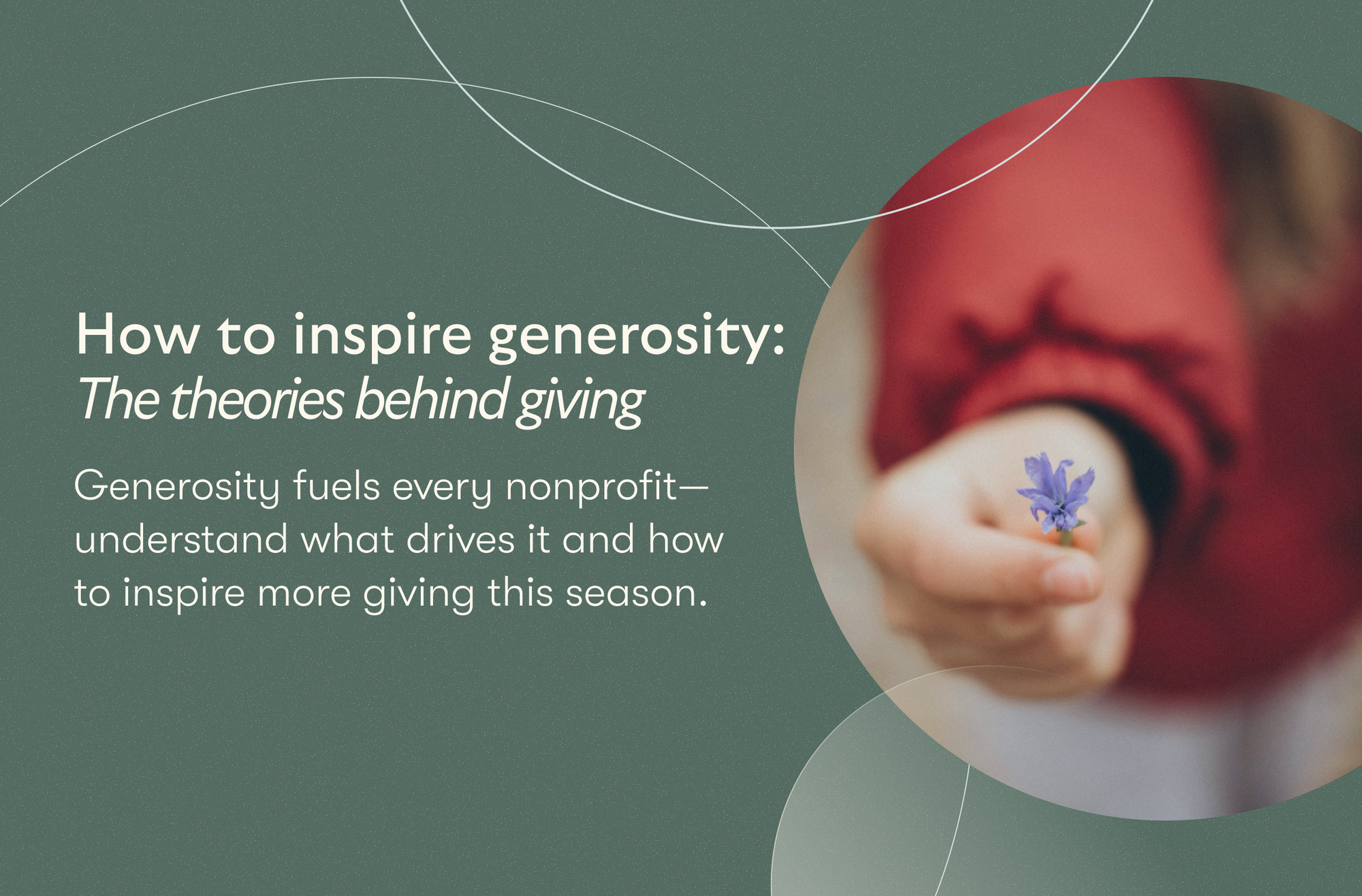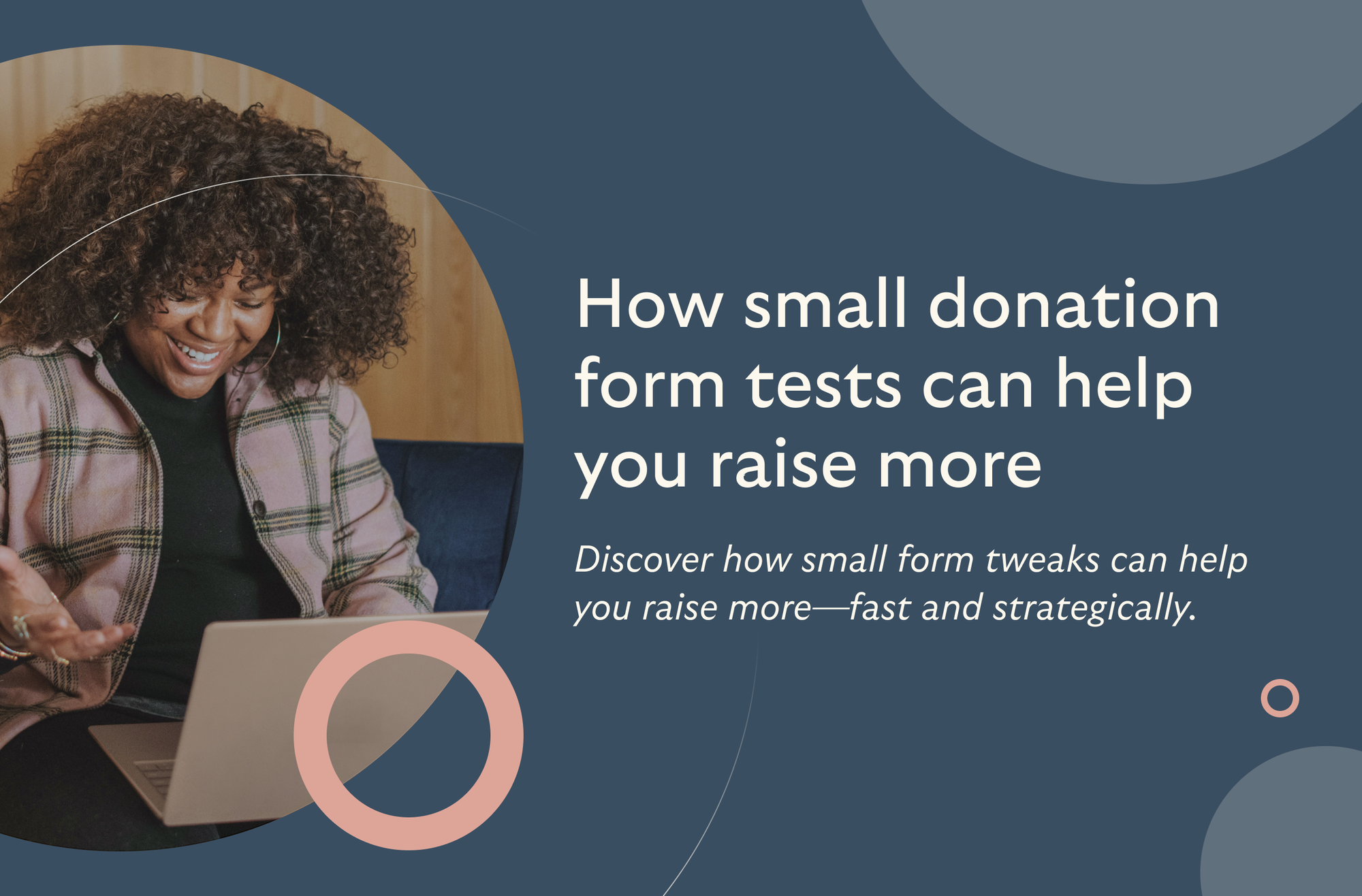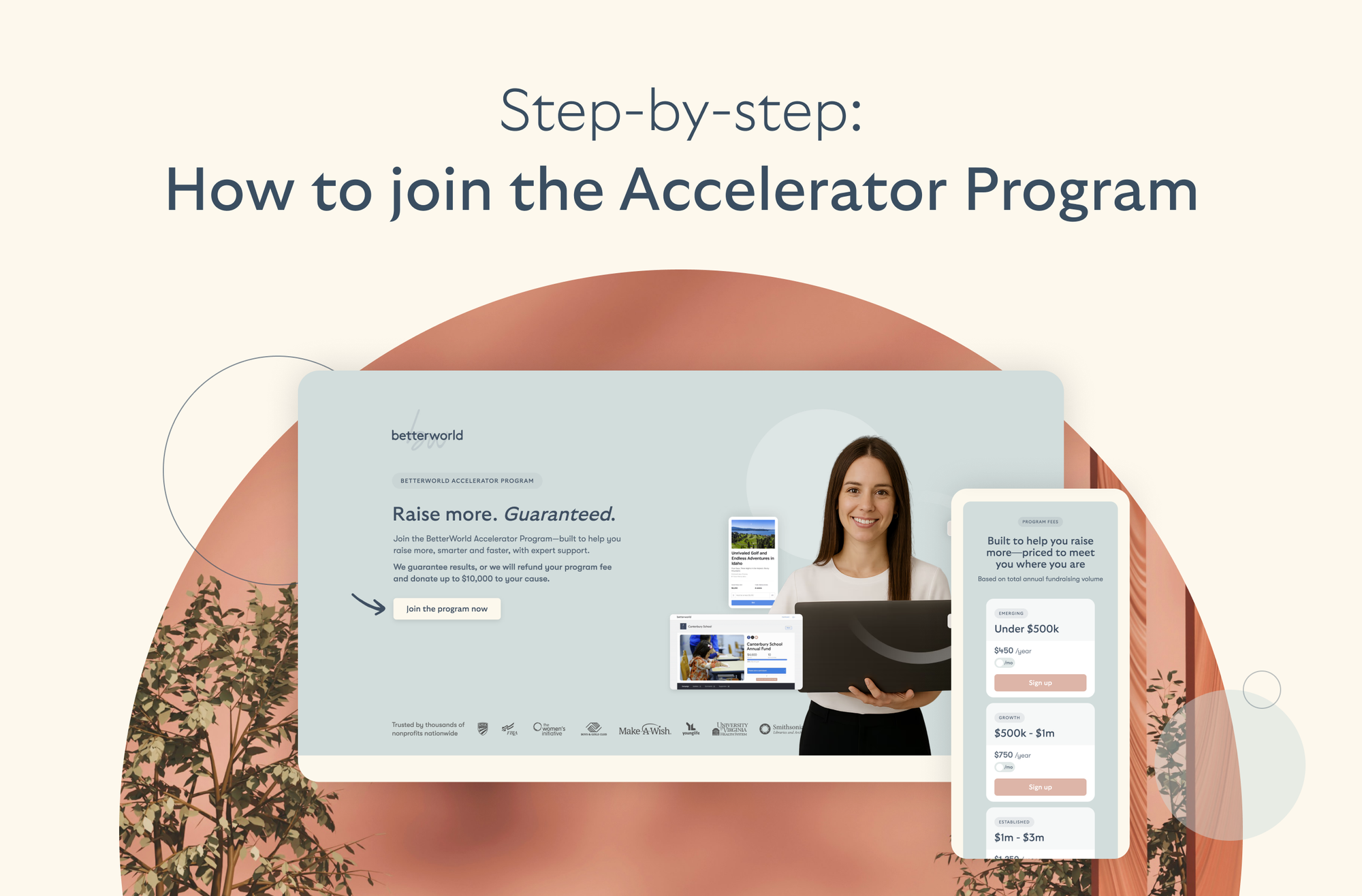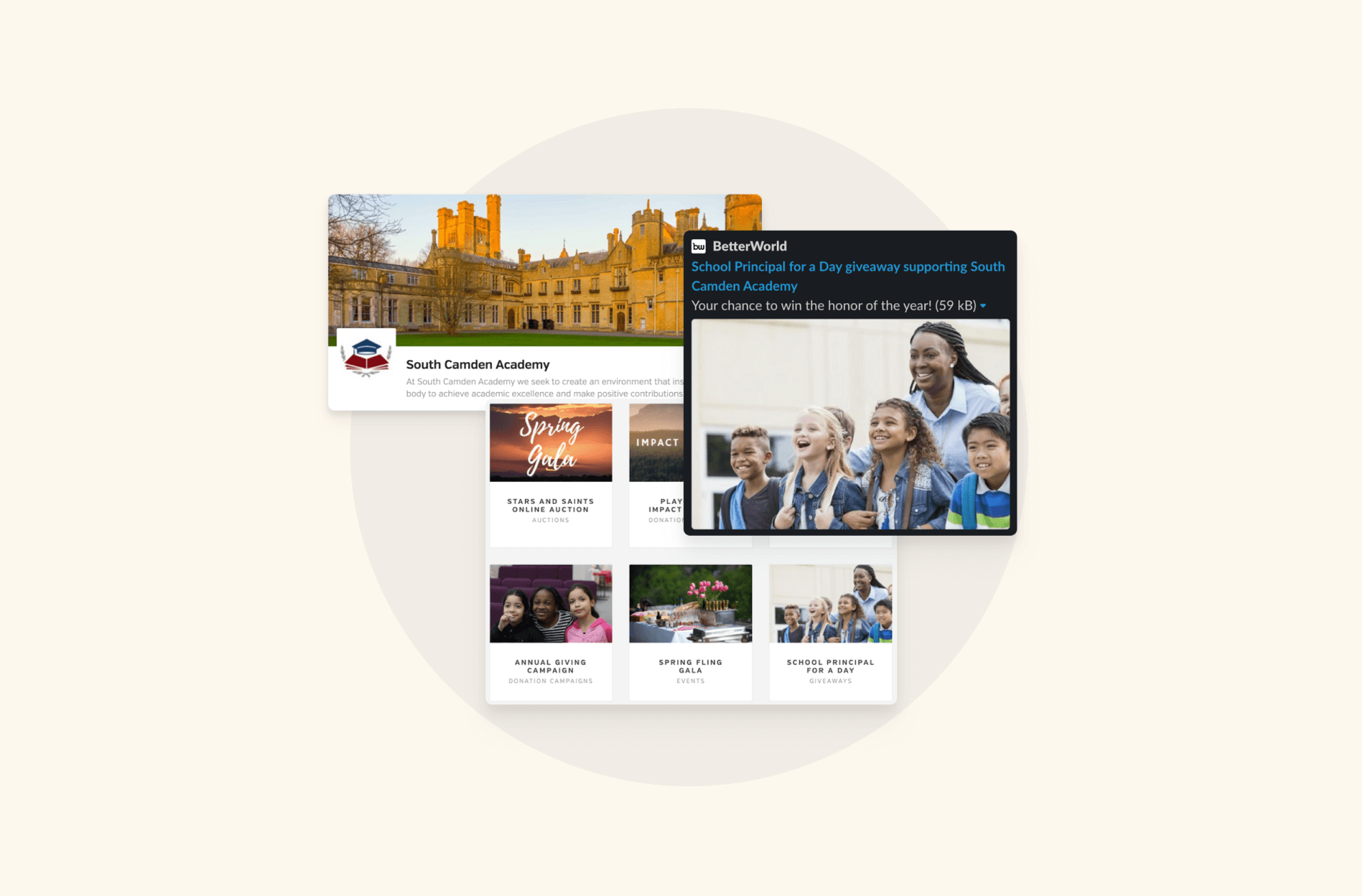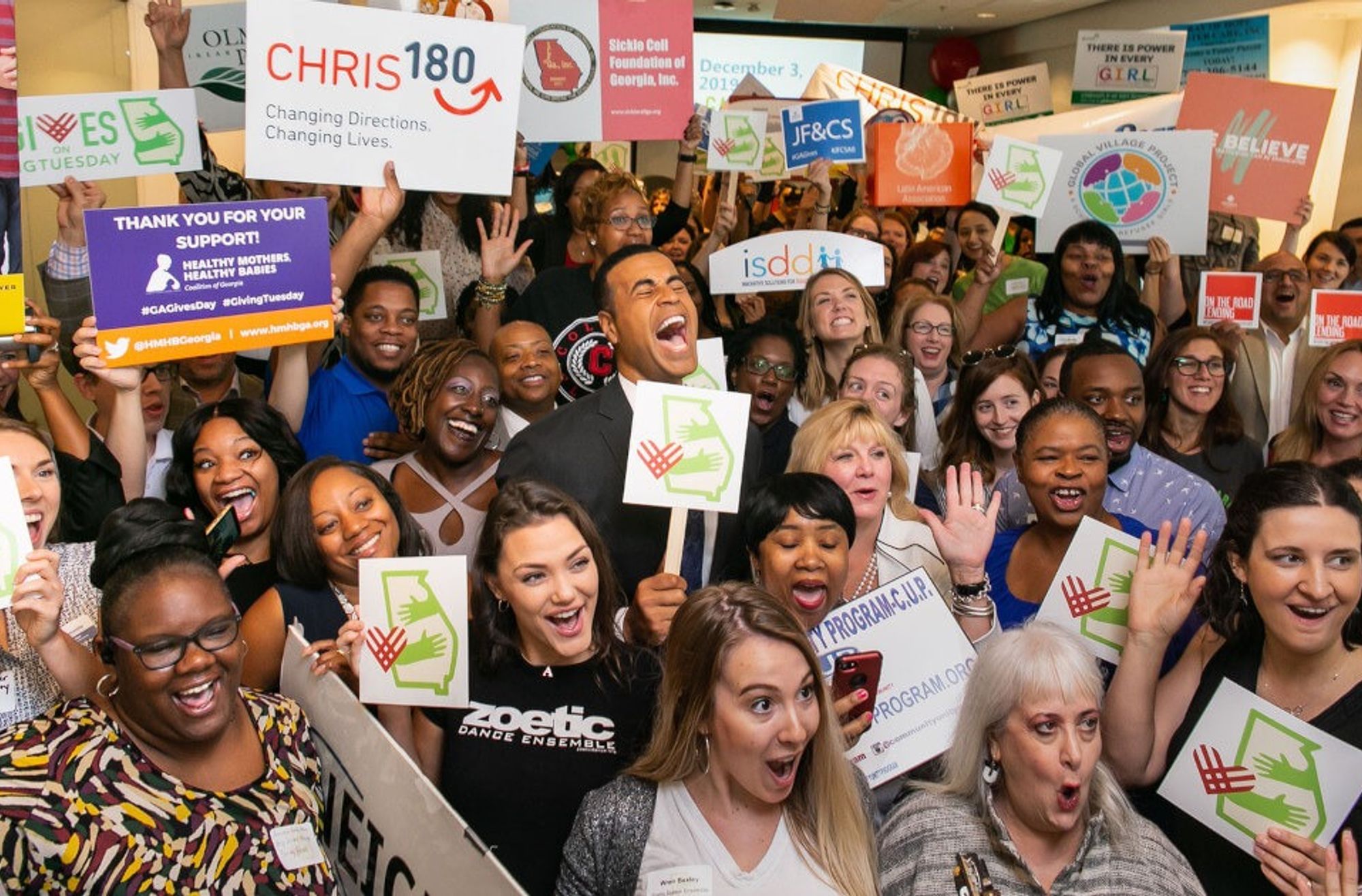Mobile Check-In — easily track and check in donors into any event from any device
Keep your bidders coming back with optional outbid notifications via text
Raise additional funds for your event by displaying sponsors on your online pages
Downloadable table cards with short-links & QR codes to make it easy to bid
14 Ways to Improve Donor Retention in Fundraising Events
By Whit Hunter

Around 50 percent of first-time donors never make a second donation. So, most nonprofits wonder how those first-time donors can become regular donors to their organization.
This is why, year after year, nonprofits struggle with one question, “How do we retain our donors?”
But considering the facts, you should pay more attention to existing donors rather than spending resources or efforts on new donors.
One way for an effective turnaround is a fundraising event. This is a great place to develop deeper connections with donors and inspire them to contribute regularly to your nonprofit.
In this article, learn how you can improve donor retention in a fundraiser to keep your organization functioning at its best.
Donor Retention in Fundraising Events
#1 Tailor Donor Connections and Express Gratitude Based on Preferences
When you meet potential donors at the fundraising event, personalize their experience and connection with them.
Speak to them directly, and refer to them by name rather than generically sending them emails later or addressing them as donors.
When they have contributed, show prompt gratitude, preferably per the donor’s interests. You can give away cookies or small baked items at the fundraiser as a thank-you gesture.
Besides that, sending out an email within two days, but likely earlier, will make the donors feel assured and valued. Choose a phone call or post a thank you letter if it is more valuable to the donor.
Do not end the conversation with a thank you. Use this opportunity to keep the conversation going by including what impact their donation makes.
#2 Provide Regular Updates and Do Personalized Communication
After expressing gratitude to donors, avoid immediately asking for another donation. Instead, invite them to follow you on social media or sign up for your newsletter to receive updates.
Then send quarterly emails to showcase the impact of their donation as it can leave a positive impression and encourage future contributions.
You can also regularly post updates on your nonprofit's activities and engage donors by live broadcasting campaigns on social media. Or, even better, provide bi-annual or quarterly reports to elaborate on campaign success and their contributions' impact.
#3 Create Engaging and Memorable Fundraising Events
Fundraising events are an excellent way to develop a deeper, meaningful connection with your donors. Make the event fun and interesting so that donors look forward to it in the following years.
During the event, provide different ways to support your cause. For instance, you can hold an auction and allow people to donate more through their phone bidding app.
You may also display your merchandise or other items for donors to buy, with the sales going directly to the cause.
Include fun activities such as raffles and games of chance to bring on the excitement from your guests while also leading to donations. Tie the donation methods into the games and other aspects of the event so that donating isn’t a hassle.
After your successful event, promote any upcoming events in the fundraiser and follow up with a thank you message. This may encourage donors to attend again and make recurring donations.
If your event is a hit, around 91 percent of attendees will likely take further action with a nonprofit. That turnaround can be simply amazing for your organization.
#4 Offer Interactive and Immersive Experiences
Make fundraisers memorable by including games, raffles, bake sales, auctions, and other fun activities.
Besides the experiences at a fundraiser, you can also invite your donors to events related to your cause. For instance, organizations aimed at pet rescue can invite their donors to an adoption event for the pets they have been able to rescue through donations.
This acknowledges donors as a valuable part of your mission. Sending them out invitations for events also puts you in a position of offering them something rather than asking.
Besides this, you may also engage donors in organizing your fundraiser.
Create peer-to-peer fundraising campaigns that enable donors to have a hands-on fundraising experience. For instance, invite people to set up stalls and contribute a part of the sales to the nonprofit.
#5 Provide Excellent Customer Service and Support
Your nonprofit’s customer service and support team should always be ready to listen to the donor’s complaints and respond promptly. As part of the organizing team in fundraising events, customer service representatives should be vigilant to ensure everything goes smoothly for the donors.
However, it is equally important to listen to donors by reaching out first. Hence, nonprofit organizations should not only focus on customer service but also on customer success.
It works in the form of a feedback loop!
Your nonprofit organization should begin a dialogue and ask the donor about their recent experiences with your fundraising event. Send a survey after the event finishes or have printables on the day of the event to distribute to donors. Ask them short questions about their experience with your nonprofit.
This gives the impression that you not only care about the donor experience but are also looking to improve by inculcating feedback.
#6 Use Donor Data for Personalized Communication and Retention
Having donor management software to organize donor data is essential for nonprofits. It will make your work easier to notice any donor decline and donation-giving trends.
Through data and software, you can:
- Plan an effective outreach strategy
- Make interaction and personalized communication easier with your supporters
- Assess donors to find out what is working and what’s not
- Avoid mistakes in communication or approach early on
- Fill in the gaps and increase retention by analyzing the data thoroughly.
- For instance, if you have a low open rate for emails, it can be a sign that your subject line isn’t interesting enough.
- Manage memberships, set up crowdfunding and email marketing
- Check donor analytics; have contact profiles, and set up acknowledging and receiving tools
- Set up communication reminders, event registration, and fundraising tools
#7 Publicly Acknowledge and Celebrate Donor Contributions
At a fundraising event, give the spotlight to your star supporters that contribute regularly. However, not only them but first-time donors also deserve public recognition for their efforts.
Allow your donors to say a few words for your organization and their contribution to fundraising events. Celebrate new donors by mentioning them in your videos or social media posts.
Make the event a means of recognizing their value and giving the supporters certificates of appreciation.
On your social media channels, run a campaign of “Donor of the Week,” asking your donors to send you a small prompt on why they chose to donate and highlight the impact their donation has made.
This can motivate new donors to contribute and will also make existing supporters feel acknowledged by the nonprofit organization.
#8 Provide Exclusive Perks and Recognition to Loyal Donors
Offering perks and giving recognition to loyal donors builds trust and belonging. It strengthens the donor's commitment to the organization and encourages them to continue their relationship.
This can include a loyalty program that gives small but significant perks to regular donors. Offer your donors VIP seating, gift merchandise, special event invitations, backstage passes, and early registration.
Besides that, sending donors personalized emails, annual reports, and updates on their impact helps them feel recognized.
A small gesture goes a long way; hence, incorporate these perks in your approach towards your one-time or regular donors to keep them longer.
In-person events and galas made easy!
#9 Provide Opportunities for Continued Involvement
After events, you would want the donors to remain engaged with your organization so they do not forget to donate a second time.
Staying connected with the cause will enable them to stay committed to the nonprofit. For that, open up opportunities such as volunteering for your cause or participating in the advisory committee.
Donors feel valued when they are involved in decision-making, such as special interest groups or serving on advisory committees.
It gives them credit for their contribution generating a sense of ownership toward the cause. Therefore, they will likely form a long-term bond with your nonprofit.
#10 Offer Volunteer Programs or Committees
Set volunteer activities and similar avenues to enable donors to be integrated more closely with your cause. Volunteer opportunities and committees can focus on fundraising, event planning, or direct service.
Here they can work with your staff to look into opportunities for improvement, contribute towards the execution and planning of fundraising events, and give valuable insights.
The donors will naturally feel closer and more involved in the process to reconsider donating once again.
#11 Organize Exclusive Donor Events and Experiences
Exclusivity shows that you pay extra attention to your donors. Get your donors to have behind-the-scenes tours, have intimate gatherings, or invite them to networking events.
Your donors can look forward to something special from you because of their donation. This motivates them to continue donating and reinforces their impact when they are treated specially.
These invites can also be beneficial for donors, allowing them to interact with organizational leaders, fellow donors, and beneficiaries. Alongside, they will get closer to the nonprofit’s mission and foster a deeper connection with it.
#12 Communicate how Donor Contributions are Making a Difference
For donors to show up again, they need to know if their donations are making a significant impact. Sending them regular reports to showcase the success and outcomes of their support is necessary.
Besides that, use creative means such as infographics, pictures, or videos to convey the impact clearly through a visual medium.
Visual aids are more effective in conveying the impact. Through live videos and pictures, the donors can see how their donations are being used first-hand.
By sharing stories of people affected by the donation, donors can be motivated to continue donating. Transparent communication between the nonprofit and the donors will build trust, facilitating donors to donate yet again to change lives.
#13 Share Success Stories and Impact Metrics
In the same vein, share your success stories to encourage potential donors to contribute for the first time and existing ones to do the same again.
Impact metrics and stories from people whose donation directly affects them can show supporters how their donation makes a difference in real-time.
Focus on the projects accomplished, goals reached, and the lives changed through the donations. Mention these in several channels, such as email newsletters, social media posts, and reports.
By realizing their donation's impact and transformative power, donors are likely to step in again to be the front runners in changing lives.
#14 Conduct Surveys and Incorporate Donor Feedback
Follow-up communication is important for showing gratitude and getting feedback in return. Begin a two-way communication after your event to keep donors in the loop.
Their response will help you gauge the event's overall success and highlight a few areas you can improve on.
You can either give them the surveys during the event or email the survey later for them to fill it up when they have time. Build online surveys using tools such as Survey Monkey or Typeform.
Make short questions asking honest opinions about your event and what things can be improved overall. Make sure to incorporate this feedback to hold even better events the next season. Wrap your event with this last activity, and then begin improving your shortcomings for the next year.
Conclusion
Paying attention to your donors and the impact of their donations can result in returning supporters. Make modes and ways of payment easy for your donors, reducing any hassle.
Additionally, keep them updated on the changes their donations make and give them due recognition. Involve them in other activities and events related to your mission for them to show up each year.
That said, showing basic courtesy is the first thing to do after you get a donation at the event. Instantly thank the donors and ask for feedback so they know you value their opinion and are willing to incorporate it into the nonprofit.
Following these ways will motivate donors to show up again next year at your fundraising event and contribute toward your mission each year.
And if you’re looking to plan your fundraising event, consider giving BetterWorld a try!

Join 100,000+ amazing nonprofits, organizations, and fundraisers on BetterWorld

Let our FREE fundraising tools help you raise more funds with less effort


